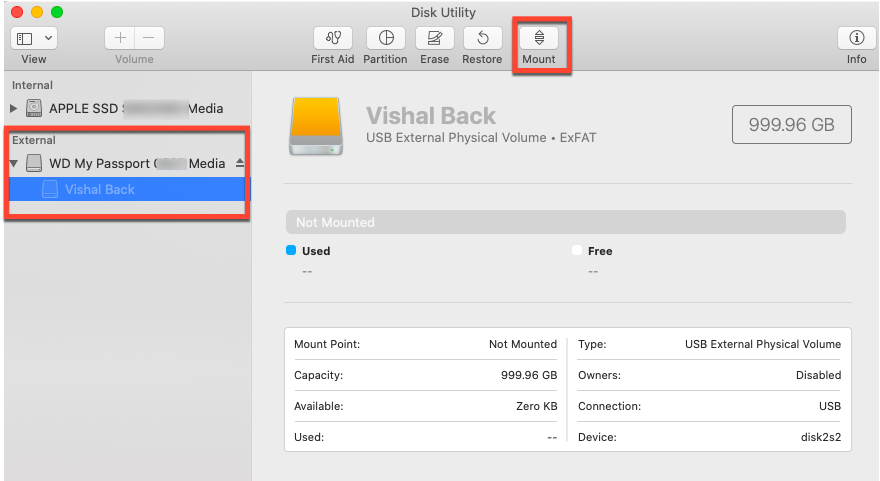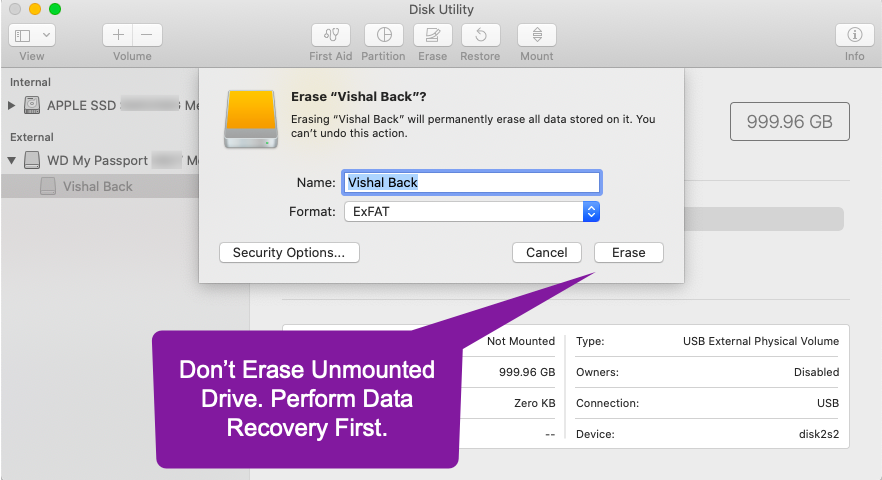
- MAC DISK UTILITY PARTITION GREYED OUT HIGH SIERRA HOW TO
- MAC DISK UTILITY PARTITION GREYED OUT HIGH SIERRA FOR MAC
- MAC DISK UTILITY PARTITION GREYED OUT HIGH SIERRA MAC OS
- MAC DISK UTILITY PARTITION GREYED OUT HIGH SIERRA INSTALL
- MAC DISK UTILITY PARTITION GREYED OUT HIGH SIERRA UPDATE
MAC DISK UTILITY PARTITION GREYED OUT HIGH SIERRA INSTALL
macOS Sierra 10.13/10.13.4 downloaded but won't install
MAC DISK UTILITY PARTITION GREYED OUT HIGH SIERRA UPDATE
If you cannot download or install macOS 10.13 update on your Mac, or macOS 10.13/10.13.4 gets stuck, freezes or fails to install, don't panic and just simply follow these instructions. Fix macOS 10.13/10.13.4 High Sierra update stuck/failure or freeze error If you get stuck or cannot install macOS 10.13 on your device, just follow Part 2 to get the problems solved and fixed on your own. If no update problems occur, restart your Mac computer and enjoy the new macOS on your device. After you download the macOS 10.13/10.13.4 upgrade software, install the software and update Mac computer to macOS 10.13 or 10.13.4 High Sierra by following the on-screen instructions. Click Download and fill in your Apple ID when asked.ģ. Go to the Apple store > Find macOS 10.13.10.13.4 update.Ģ. Download and install macOS 10.13/10.13.4 High Sierraġ. Add files and folders to the backup project.Ĭlick File+ to selectively choose files and folders to back up and click the blue start button to back up your Mac data to another drive or external device. Set up the backup destination where you want to store Mac files as backups, automatic backup frequency and click OK.ģ. Download, install and launch EaseUS Todo Backup for Mac.Ĭlick the first Backup tab or simply click the plus ( +) button at the left corner of the left pane to create a backup project - name the backup project and click OK.Ģ.
MAC DISK UTILITY PARTITION GREYED OUT HIGH SIERRA FOR MAC
Backup Mac data with Mac backup softwareĮaseUS Todo Backup for Mac supports backing up your Mac data in 3 steps:ġ. Turn the Time Machine slider ON > Select Backup Disk to set the external hard drive as the backup destination. (The drive should be at least the same size as your Mac drive.) Connect an external hard drive to your Mac and launch Time Machine. Here you have two options to backup Mac data before macOS 10.13/10.13.4 update: Time Machine or Mac backup software for help. Back up Mac computer data before macOS 10.13/10.13.4 update

MAC DISK UTILITY PARTITION GREYED OUT HIGH SIERRA HOW TO
Here Part 1, we'll show you how to upgrade to macOS 10.13/10.13.4 High Sierra without losing any data on MacBook Pro/MacBook Air/iMac etc. Upgrade to macOS 10.13/10.13.4 High Sierra without losing data Follow the two next parts to free download macOS 10.13/10.13.4 to install and fix the macOS High Sierra update error right now.
MAC DISK UTILITY PARTITION GREYED OUT HIGH SIERRA MAC OS
I expect the UI tools will get easier to use when all of the kinks are worked out.If you are trying to find a simple way to update Mac OS to the latest 10.13 or 10.13.4 High Sierra or you are looking for effective solutions to fix macOS High Sierra update stuck or failure error, you are at the right place. On macOS Sierra 10.12.4, APFS is still rather in a beta stage. Remember, It’s Pretty Much Still Betaīear in mind that the current tools we have for working with APFS are intended to keep casual users from messing up their Macs. For an internal drive, you’ll unfortunately need to reboot. However, if the operation fails and you’re working with an external USB drive, try disconnecting the drive and then plugging it back in. If so, you can safely ignore that message. You may get a message that the APFS container was damaged. diskutil apfs deleteContainer disk2s3 Deleting the APFS partition Running diskutil list gives us our APFS device identifierįinally, issue this command in Terminal to delete the APFS container and its volume, replacing disk2s3 with your actual device identifier. Make note of the device on your external drive (in my case, disk2).

Now, launch Terminal and issue this command: diskutil list Use Disk Utility to eject your APFS container First, use Disk Utility to eject your APFS container. Here’s what you need to do in order to go about deleting your APFS partition correctly. This means you can’t merge the partition back into the other partitions on your external hard drive. The same thing happens if you use diskutil the wrong way. If you use Disk Utility to erase an APFS volume and format it HFS+, you’ll find that the old APFS container sticks around. A diskutil list, showing the APFS Container scheme. Below that, /dev/disk3 is the APFS container, and /dev/disk3s1 is the APFS volume.

You can see disk2s2 in the screenshot below, the partition on my external hard drive hosting the APFS Container. In the Terminal, running diskutil list will reveal this in even starker contrast.


 0 kommentar(er)
0 kommentar(er)
